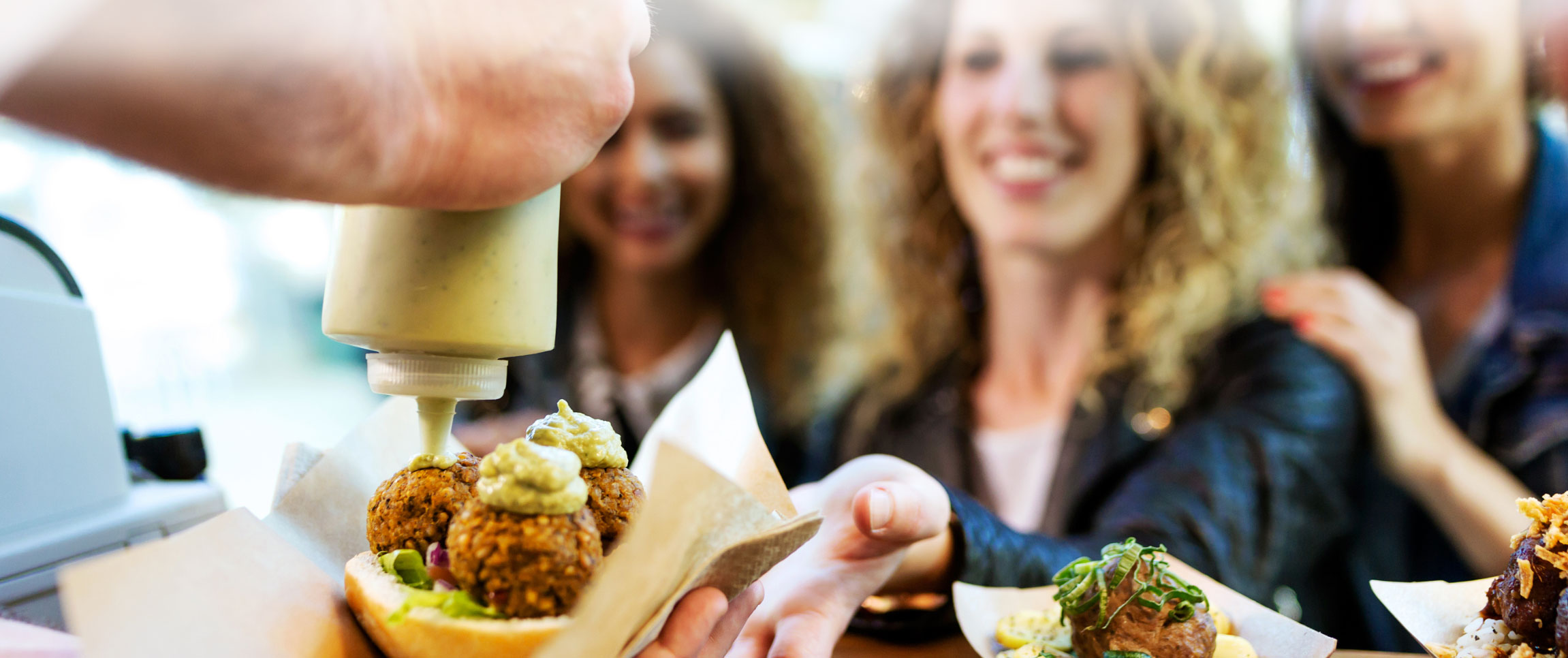Increasingly, restaurants and food brands are finding it necessary to shift marketing dollars away from advertising and toward niche-specific activations such as event sponsorship. Doing so goes a long way in establishing a brand in the eyes of the greater community and provides an exceptional opportunity to reach customers beyond your existing network.
But if you’re like most restaurant owners, you receive offers weekly, maybe daily, to sponsor or donate to different events and causes, and all of the options on how to move forward can cause decision-paralysis. Set aside planning time to get clear on your goals and abilities and put some thought into sponsorship before the inquiries start coming in so that you can handle them efficiently when they do.
Know Your Goals
The first step to identifying the best sponsorship activations for your business is to know what you want out of it. Some goals could include supporting cool/worthwhile community events, broadening your network, establishing your brand POV, and identifying yourself as an important community player. Take a look at your target market, and identify their values. You might find a good fit with athletic events or music or art festivals or cultural events, based on their interests.
Once you know what your goals are, look through local and regional event calendars (your newspaper, local magazines and alt-weeklies typically have calendars online), and brainstorm which events will help you meet those goals. Be proactive and reach out to event coordinators to see if there’s a good fit for your business at these events and what inclusion and sponsorship might entail.
Sponsorship is a marketing activity, so include these activations in your marketing plan, and prepare to promote them throughout the year to show your audience all the good work you’re doing along the way.
Know Your Budget
Work with your accountant to determine a specific budget for monetary sponsorship, and then plan around that number. If you have $5000 for the year, you know you can either do one big sponsorship that takes the whole pot, or you can divide it up to two or three smaller activations. Weigh the advantages of having one huge splash verses several opportunities to connect with different audiences, assuming that you will also be required to be present during those events. Make sure you are not diverting staff to events during your busy times, as that will provide additional staffing headaches.
Read The Fine Print
Before engaging in any type of sponsorship, it’s essential to read the paperwork completely, and it’s ideal to have a face-to-face meeting with a representative from the beneficiary organization to make sure you understand the agreement the same way. Clearly define what is expected of you and what you will receive in return and make sure both parties have signed off on that before moving forward.
One important thing to capture is photography that represents your brands’ involvement in the event. Make sure you will have access to any professional photography that you can use to share your story with the public.
Be (in)Kind
Inevitably, once you’ve created your sponsorship agreements for the year, another attractive opportunity will present itself. If your budget is already allocated but you would still like to participate, offer an in-kind sponsorship based on existing menu items or services you already offer. Location space can also be a great way to provide value to an event without a monetary contribution, and it’s a great way to get new visitors in the door.
Be Present
So often, I’ve seen brands pony up money for a sponsorship, but then when it comes time to claim tickets or send staff to work the event, there is no follow-through. When you sponsor an event, you’re paying for the right to be visible to their audience. Not using your tickets or your opportunity to staff the event with your people is a huge oversight. A thoughtful approach to sponsorship is about more than just dollars; it’s about people.
Once the activation is complete, take the time to report back on what was successful and what challenges you faced. Communicate with the event organizers on what worked and what didn’t, and let your audience know that you were a part of the action. Summarize your activation on social media and in your email newsletters. If it was a great fit, ask the event coordinator to sign you up for next year at an early bird discount—You’re making their job a lot easier and your planning easier as well.



